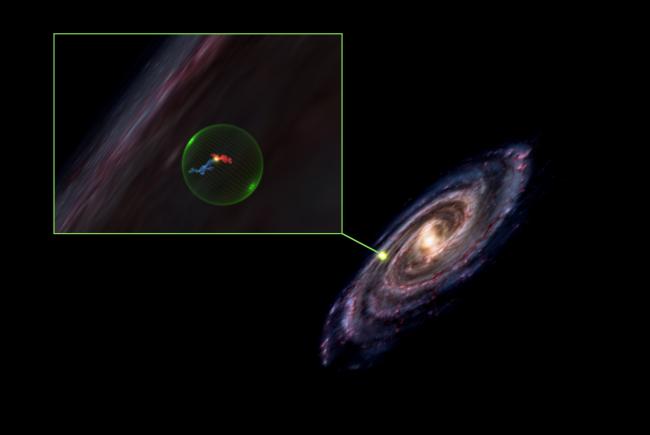
The universe is shaking, rattling, and rolling. Worlds, large and small, aren’t the only places where shockwaves can boop things into reacting. Things don’t go off gentle into that good night. Instead, the universe is filled with powerful jets, shockwaves from all manner of explosions, and on the scales of solar systems, giant planets can leverage their gravity to fling rocks at other worlds.
It has long been known that the first step in forming new stars is the collapse of giant molecular clouds into fragmenting pockets of material. Exactly what caused the collapse, well, there have been theories, but thanks to a team led by Shmuel Bialy, data now points directly at supernovae. In an analysis of Gaia data, this team identified an empty sphere, more than 450 light-years across, that is located between the Perseus and Taurus molecular clouds and star-forming regions. They believe that either a single supernova or a series of supernovae over time blasted that sphere empty of material and also booped the nearby Perseus and Taurus clouds, triggering star formation in both systems.
These results are possible because of Gaia’s amazing ability to discern accurate positions of distant objects. Coauthor Catherine Zucker explains: We’ve been able to see these clouds for decades, but we never knew their true shape, depth, or thickness. We also were unsure how far away the clouds were. Now we know where they lie with only 1 percent uncertainty, allowing us to discern this void between them.
Bialy further explains: Hundreds of stars are forming or exist already at the surface of this giant bubble.
A galaxy is a dynamic place, and from the shocking death of at least one star, myriad more have been born.
More Information
Center for Astrophysics press release
“The Per-Tau Shell: A Giant Star-forming Spherical Shell Revealed by 3D Dust Observations,” Shmuel Bialy et al., 2021 September 22, The Astrophysical Journal Letters




 Join the Crew!
Join the Crew!
 Escape Velocity Space News
Escape Velocity Space News
0 Comments